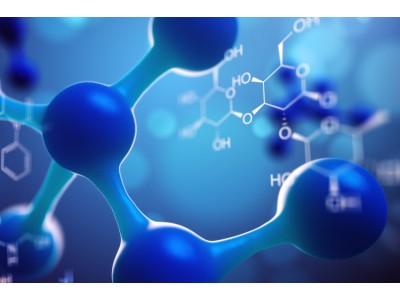| Bioactivity | Xanomeline, as an effective and selective muscarinic type 1 and type 4 (M1/M4) receptor agonist, increases neuronal excitability. Xanomeline can be used for the research of neurological disorders, such as schizophrenia[1][2]. | ||||||||||||
| Target | M1/M4 | ||||||||||||
| Invitro | Xanomeline (0.1~10 μM; CNS4U) shows an overall increase in the mean firing rate. Xanomeline shows the M1 receptor is functional in hiPSC derived neurons. Xanomeline (>1 μM) has a prolonged engagement with the receptor and produces a persistent receptor activation leading to a sustained suppression of the M-current[1]. | ||||||||||||
| In Vivo | Xanomeline (0.5~3 mg/kg; s.c.; 1~3 hours) induces salivation and vomiting in some monkeys[3].Xanomeline shows functional dopamine antagonism and an antipsychotic-like profile.Xanomeline inhibits D-amphetamine- and (−)-apomorphine-induced behavior and do not cause extrapyramidal side effects[3]. Animal Model: | ||||||||||||
| Name | Xanomeline | ||||||||||||
| CAS | 131986-45-3 | ||||||||||||
| Formula | C14H23N3OS | ||||||||||||
| Molar Mass | 281.42 | ||||||||||||
| Appearance | Solid | ||||||||||||
| Transport | Room temperature in continental US; may vary elsewhere. | ||||||||||||
| Storage |
|
||||||||||||
| Reference | [1]. Kreir M, et al. Role of Kv7.2/Kv7.3 and M1 muscarinic receptors in the regulation of neuronal excitability in hiPSC-derived neurons. Eur J Pharmacol. 2019;858:172474 [2]. Shekhar A, et al. Selective muscarinic receptor agonist xanomeline as a novel treatment approach for schizophrenia. Am J Psychiatry. 2008;165(8):1033-1039. [3]. Andersen MB, et al. The muscarinic M1/M4 receptor agonist xanomeline exhibits antipsychotic-like activity in Cebus apella monkeys. Neuropsychopharmacology. 2003;28(6):1168-1175. |

Xanomeline
CAS: 131986-45-3 F: C14H23N3OS W: 281.42
Xanomeline, as an effective and selective muscarinic type 1 and type 4 (M1/M4) receptor agonist, increases neuronal exci
Sales Email:peptidedb@qq.com
This product is for research use only, not for human use. We do not sell to patients.